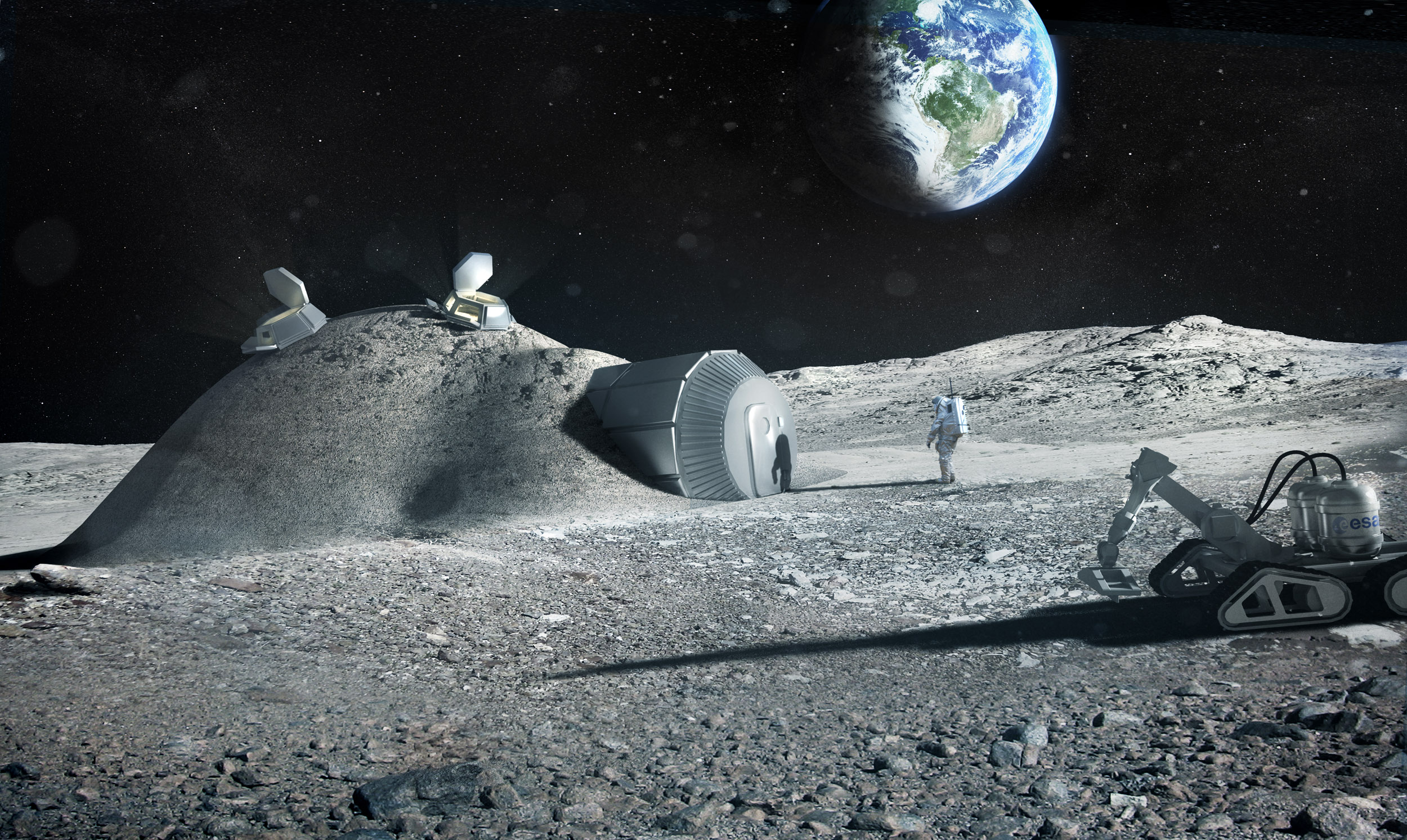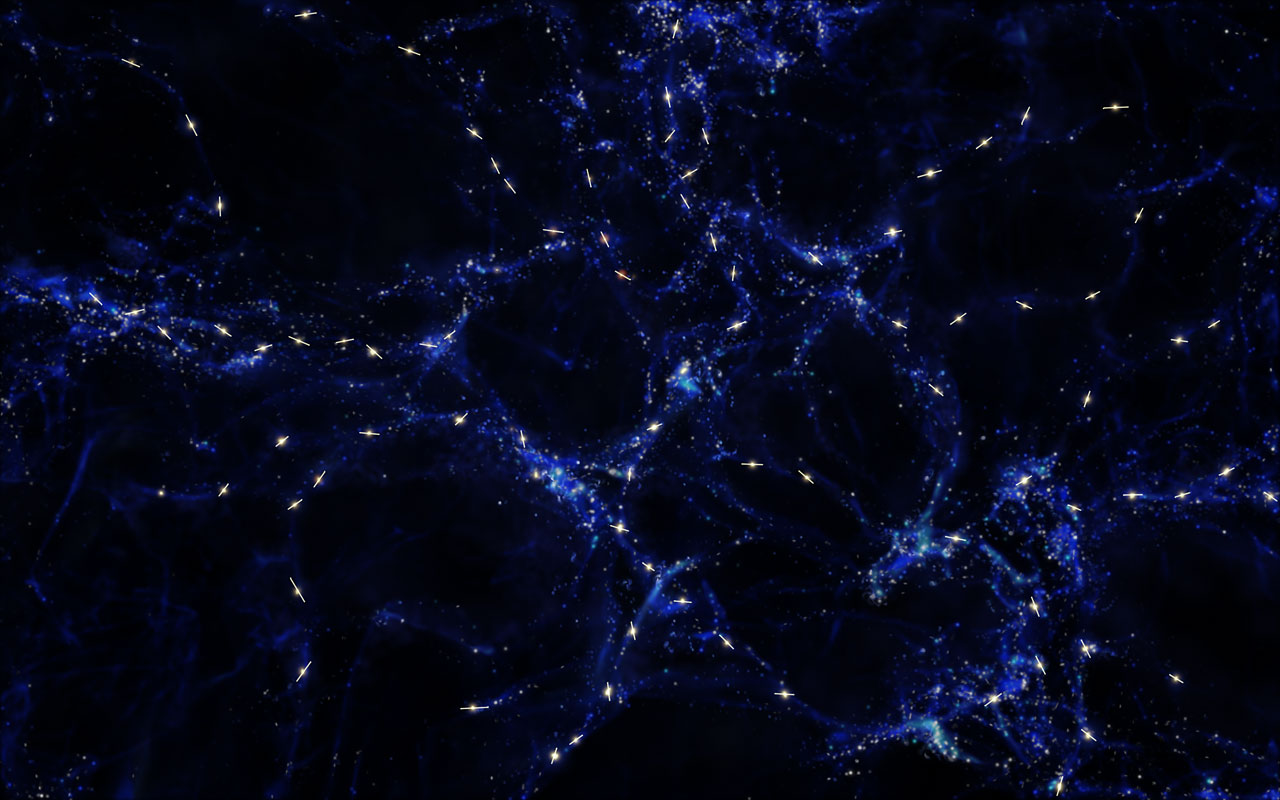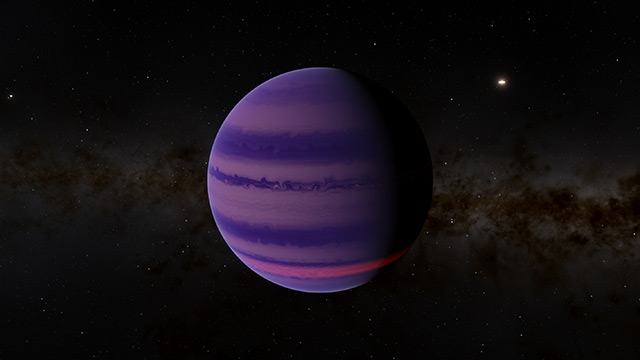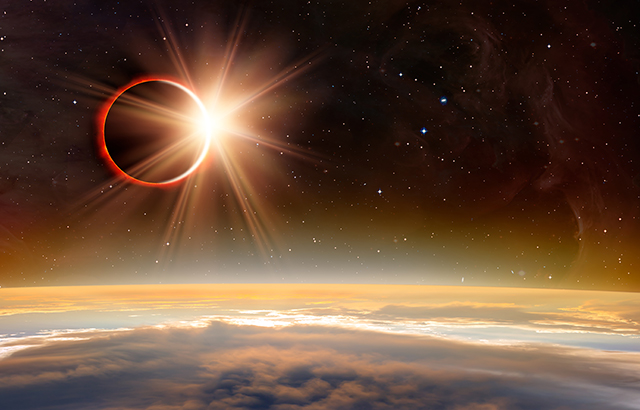The hottest known exoplanet found to have skies made out of iron and titanium
11/08/2018 / By Edsel Cook
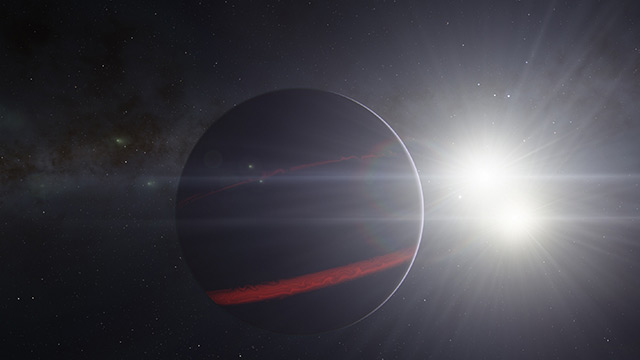
The atmosphere on Earth is made up of a mix of oxygen, nitrogen, and other gases that sustain life. The skies of the distant extrasolar planet KELT-9b, however, are hotter than the typical star and filled with iron and titanium, an article on Scientific American reported.
KELT-9b is the sole known planet of the KELT-9 star system, whose light takes 620 years to reach Earth’s corner of the galaxy. It is an “ultrahot Jupiter,” a gas giant that orbits very close to its parent star, making the massive planet much hotter than usual.
Ultrahot Jupiters are almost as hot as actual stars. To qualify as an ultrahot Jupiter, the atmosphere of a gas giant must attain a temperature of at least 3,100 degrees Fahrenheit (1,700 degrees Celsius). For comparison, Jupiter’s atmosphere is a very chilly -234 degrees F (-145 degrees C). The temperature at its core, however, exceeds that of the Sun.
In addition to being twice as big and three times as heavy as Jupiter, KELT-9b regularly achieves temperatures of 7,800 degrees F (4,300 degrees C). It is hotter than the red dwarf stars that make up most of the stellar population in the universe. (Related: Astronomers say that Europa may have alien life, and it won’t be hard to find.)
The intense temperatures of an ultrahot Jupiter revealed iron and titanium
KELT-9b’s incredible heat made it possible for Swiss researchers to make an unexpected but very welcome discovery in its atmosphere. Researchers from the University of Bern (UB) reported the presence of iron and titanium atoms floating freely in the skies of the gas giant.
These two elements are some of the most plentiful substances in the universe. However, they are difficult to detect against cool backgrounds, which includes most planets, moons, and asteroids. Furthermore, iron and titanium are prone to combining with other elements to form oxide compounds. This reactivity helps hide their presence and greatly reduces the number of individual atoms floating around.
Titanium, for example, was discovered in 2011 in the skies of another hot Jupiter exoplanet around the star Kepler-13A. However, it appeared as titanium oxide instead of pure titanium.
KELT-9b is so hot, however, that clouds cannot form in its atmosphere. In that kind of heat, it is very difficult for oxides to form. Atoms of pure iron and titanium are therefore free to flaunt their presence.
An earlier hunt for hydrogen helps uncover other elements in KELT-9B
Researcher Kevin Heng led the research team looking for iron and titanium in KELT-9b. His efforts were aided by data from a University of Geneva (UG) study that also studied the exoplanet in search for a different element.
By studying the light reflected from the surface of KELT-9b, the earlier study found strong evidence supporting the presence of hydrogen in the atmosphere of the ultrahot Jupiter. It failed to catch the metals, however, as their analysis was skewed towards hydrogen. Heng’s team ran this old data through a supercomputer. They looked for the unique spectral signature of atoms of iron and titanium, which reflected certain frequencies of light while absorbing others. They were able to present conclusive evidence that pure samples of the elements could be found in KELT-9b. The reason for the find is attributed to the intense heat of the planet, which was vaporizing hydrogen in the atmosphere and sending it towards its parent star.
“It is possible that heavy metal elements are also escaping because the dramatic hydrogen escape can ‘drag’ heavy elements to very high [in the] atmosphere,” suggested researcher Fei Yan of the Max Planck Institute for Astronomy.
Read more about the many exoplanets orbiting faraway stars at Cosmic.news.
Sources include:
Tagged Under: exoplanets, extrasolar planets, hot Jupiters, hydrogen, iron, KELT-9b, Space, space science, Titanium, ultrahot Jupiters

